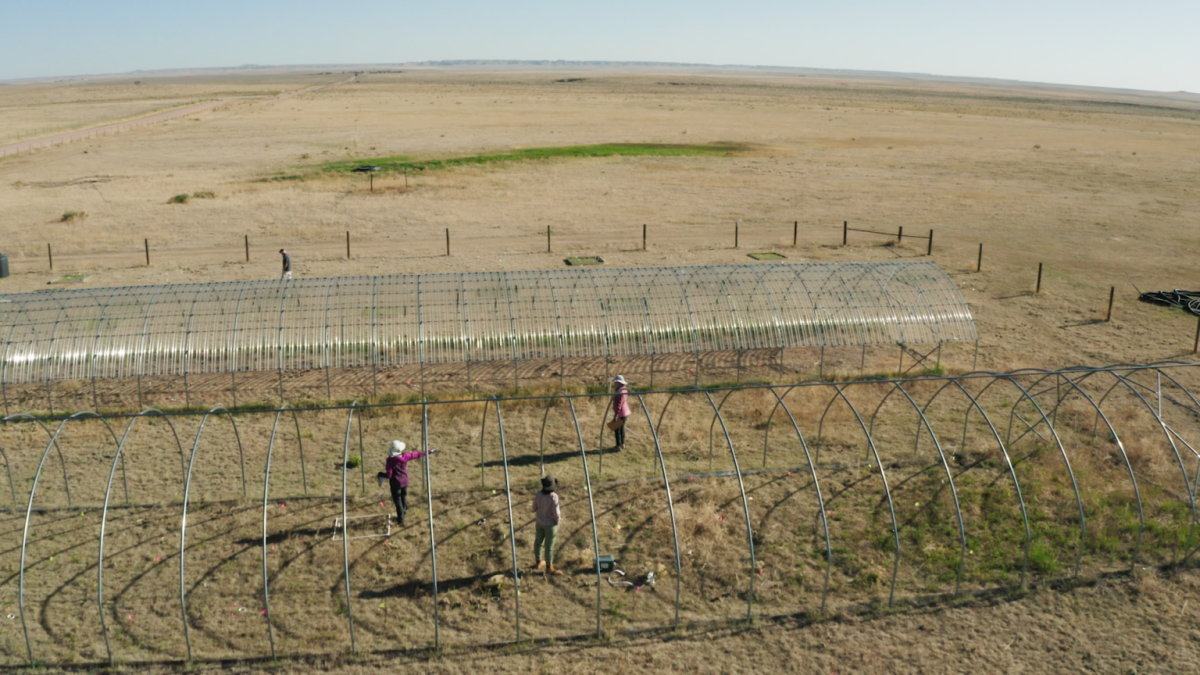(Resource News International) — Canadian farmers are expected to plant record canola acres this spring, according to the Statistics Canada seeding intentions report released April 26.
However, actual area will likely end up higher still, according to market participants.
Most other crops listed in the federal statistics agency’s report were in line with trade estimates, but could also see some adjustments in future reports.
Intended canola area was pegged at 16.907 million acres, which would be a 700,000-acre increase from the previous year. While it would be a new record, the StatsCan number was still at the low end of trade estimates, and market participants were generally of the opinion that actual seedings could end up closer to 17.5 million acres in future reports.
Read Also

Prolonged drought causes unprecedented productivity loss: Study
Colorado State University — Extreme, prolonged drought conditions in grasslands and shrublands would greatly limit the long-term health of crucial…
“I think (the canola area) will be bigger by the time it’s all said and done,” said a commission house canola trader.
Ken Ball, a canola broker with Union Securities in Winnipeg, also said the canola number was at the low end of trade guesses, but was neutral overall and would likely see some upward revisions in future reports.
Mike Jubinville, of ProFarmer Canada, said it was hard to be bullish on a record-sized canola crop, but noted the demand outlooks were looking strong for canola going forward.
All-wheat acres were estimated at 23.221 million acres by StatsCan, which was in line with market expectations, but down from the 24.457 million acres planted the previous year. Of the total, intended durum acres were down sharply to 3.685 million, from 5.66 million, while spring wheat increased to 18.13 million, from 16.93 million.
“It looks like a lot of durum growers decided to switch to spring wheat,” said Ball. While the switch in acres was larger than trade expectations, he said, the shift wasn’t large enough in the scope of the world wheat market to move prices.
Jubinville added that the drop in durum area was needed given the bearish supply/demand outlook on the crop.
StatsCan forecast Canadian barley acres at 8.344 million acres, which was in line with trade guesses and slightly below the 8.663 million acres planted the previous year.
Oats were also in line with trade guesses at 3.992 million acres, a slight increase from the 3.731 million acres grown the previous year.
Flaxseed area was forecast at 1.435 million acres, which would be down from the 1.71 million acres grown in 2009, but in line with trade estimates.
Peas were pegged at 3.62 million acres, down slightly from the 3.76 million grown in 2009. Jubinville said peas could be down further in future reports given the downturn in pea prices over the past month since the survey was completed.
The following table is a recap of Statistics Canada’s seeding intentions report for the period ended March 31, 2010. Pre-report expectations are provided for comparison purposes. Figures are in millions of acres.
| StatsCan | Pre-report | StatsCan | |
| 2010 | estimates | 2009-10 | |
| Canola | 16.907 | 16.700-17.800 | 16.199 |
| All wheat | 23.221 | 22.000-24.200 | 24.457 |
| –Durum | 3.685 | 4.200-5.200 | 5.660 |
| Barley | 8.344 | 7.400-8.900 | 8.663 |
| Flaxseed | 1.435 | 1.200-1.600 | 1.710 |
| Oats | 3.992 | 3.900-4.500 | 3.731 |
| Peas | 3.620 | 3.300-4.400 | 3.760 |















